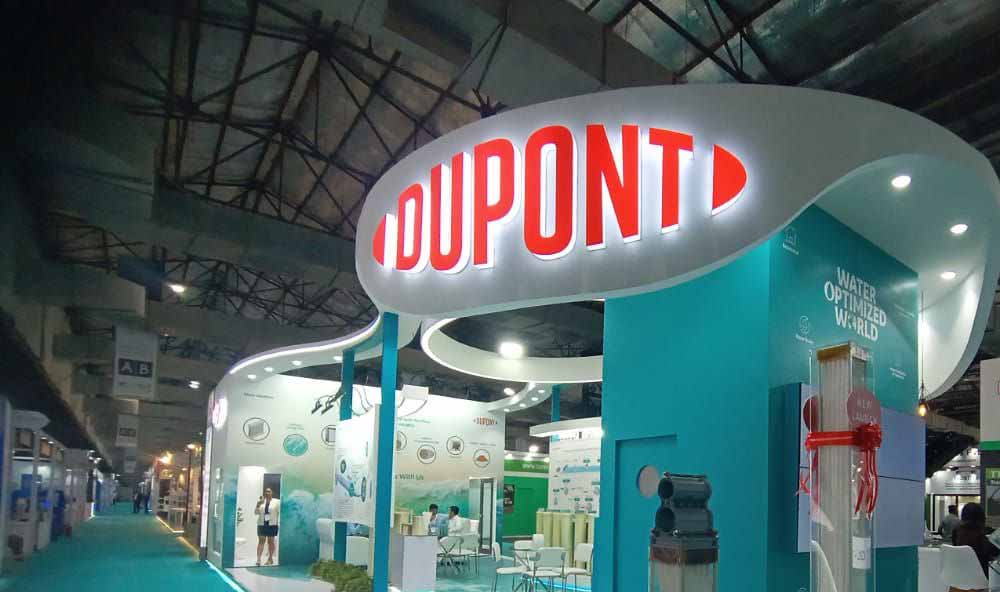In the dynamic world of marketing and brand representation, the traditional avenues are expanding into three-dimensional realms. The intersection of brand identity and booth exhibition design has become a canvas for innovation, allowing companies to go beyond logos and taglines. In this blog post, we delve into the captivating realm of “Brand Identity in 3D,” exploring how businesses can effectively translate their brand essence into captivating booth designs that leave a lasting impression.
In the early days of trade shows, booths were simple and functional, focusing on displaying products and services. However, as the importance of branding and marketing grew, so did the need for more sophisticated booth designs. Today, booths are often designed to create immersive environments that engage visitors and provide them with unique experiences.
The 3D Frontier: Beyond Logos and Colors
Gone are the days when brand identity was confined to two-dimensional mediums. With advancements in technology and a growing appetite for immersive experiences, businesses are now challenged to extend their brand narratives into the three-dimensional space of booth exhibition design. This shift is not merely about showcasing a company name and logo; it’s about creating an environment that embodies the very spirit of the brand.
Crafting an Immersive Brand Experience
Booth exhibition design provides a unique opportunity to immerse attendees in the world of a brand. It’s an environment where the company’s story unfolds in three dimensions, engaging all visitors’ senses. From the choice of colours, materials, and spatial layout to the interactive elements and multimedia presentations, every facet of the booth becomes a chapter in the brand’s narrative.
Consistency is Key: Aligning 3D Designs with Brand Values.
Effective translation of brand identity into booth exhibition design requires a keen focus on consistency. The design elements must seamlessly align with the core values and personality of the brand. Whether it’s a tech-savvy, futuristic vibe or a classic, timeless elegance, the 3D design should be a faithful brand ambassador, reinforcing its unique selling propositions.
Interactive Elements: Engaging Attendees on a Deeper Level
In the 3D landscape of booth design, interactivity becomes a powerful tool for brand engagement. The possibilities are boundless, from interactive product demonstrations to virtual reality experiences that transport visitors into the heart of the brand’s story. Attendees don’t just observe; they actively participate in the brand narrative, creating a memorable and personalized experience.
Case Studies: Brands that Nailed the 3D Transition
Explore real-world examples of brands embracing the 3D frontier in booth exhibition design. Uncover the strategies and elements that set these booths apart, leaving a lasting impression on trade show attendees and creating a buzz around their brand.
The Future of Brand Identity in 3D
As technology continues to evolve, so will the possibilities for brand representation in 3D spaces. Augmented reality, holographic displays, and other cutting-edge technologies are on the horizon, promising even more immersive and engaging brand experiences. Stay ahead of the curve by exploring the potential avenues for your brand to shine in the 3D realm.
The fusion of brand identity and booth exhibition design in three dimensions opens up a world of creative possibilities. It’s not just about showcasing products; it’s about telling a story, creating an experience, and leaving an indelible mark on attendees’ minds. In the competitive landscape of trade shows and exhibitions, those who master translating their brand into 3D will leave a lasting impression.
It’s important to note that technology in booth exhibition design has become increasingly popular in recent years. According to a report by a popular agency, 80% of trade show attendees believe that technology is essential to creating a successful exhibit. Additionally, the same report found that 53% of exhibitors plan to increase their use of technology in the coming years.

